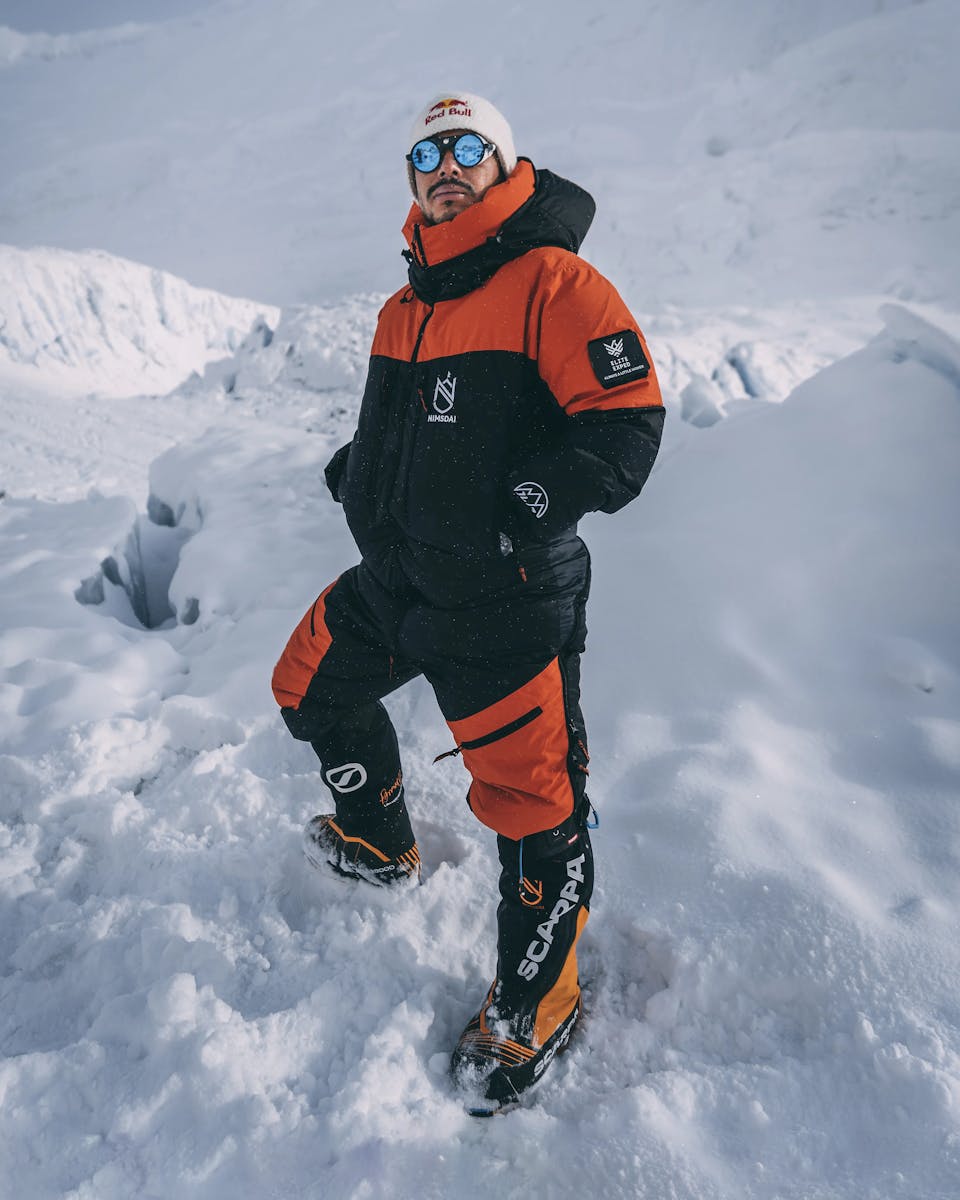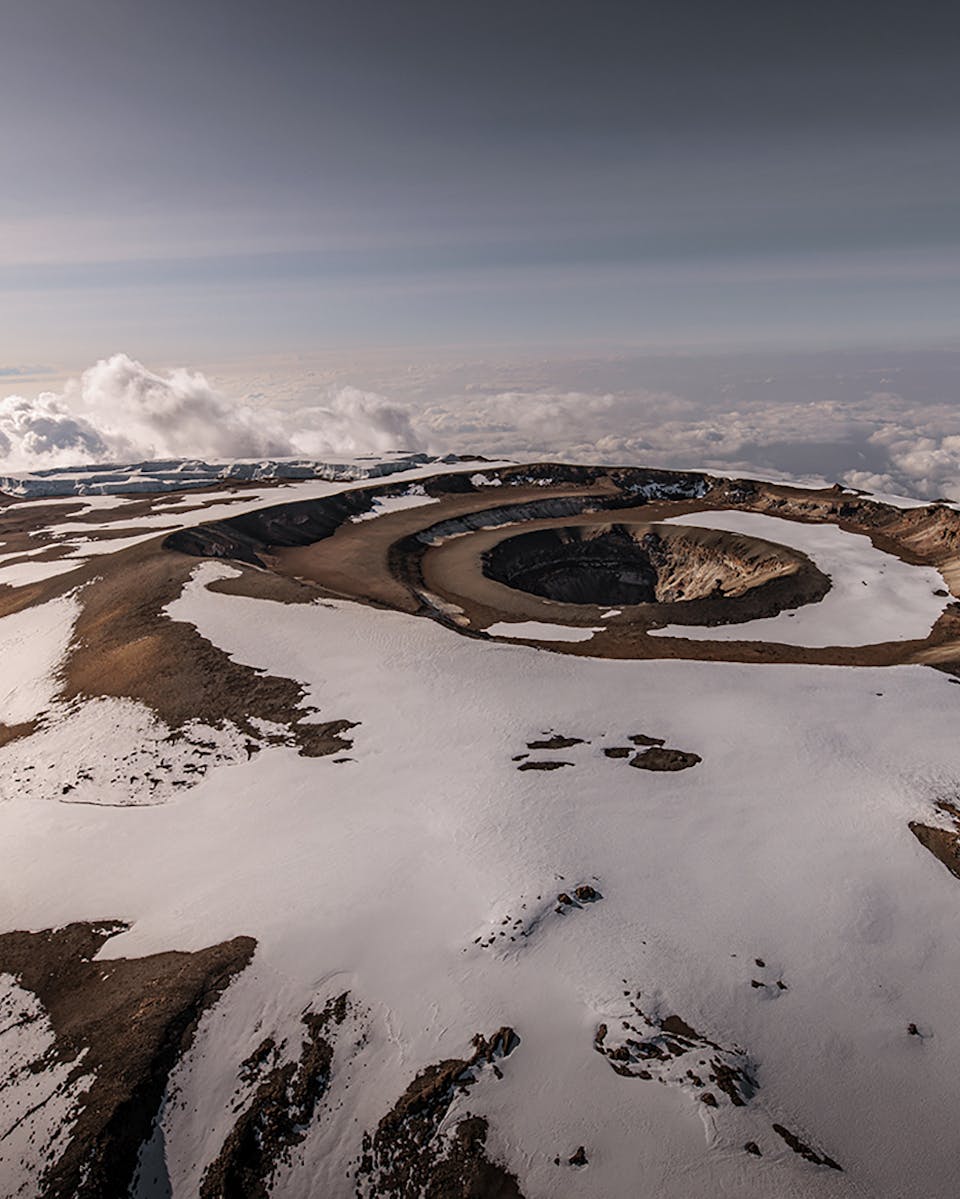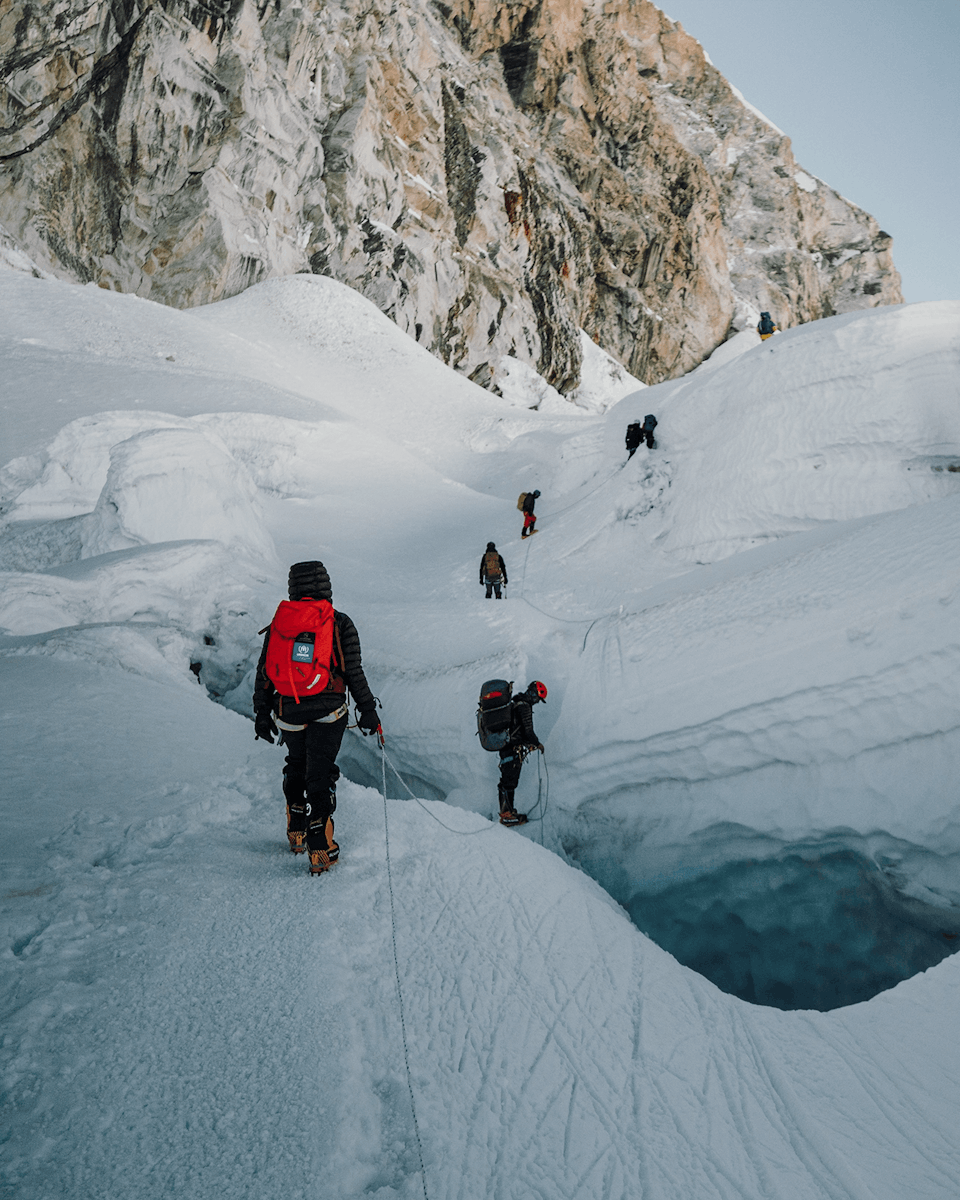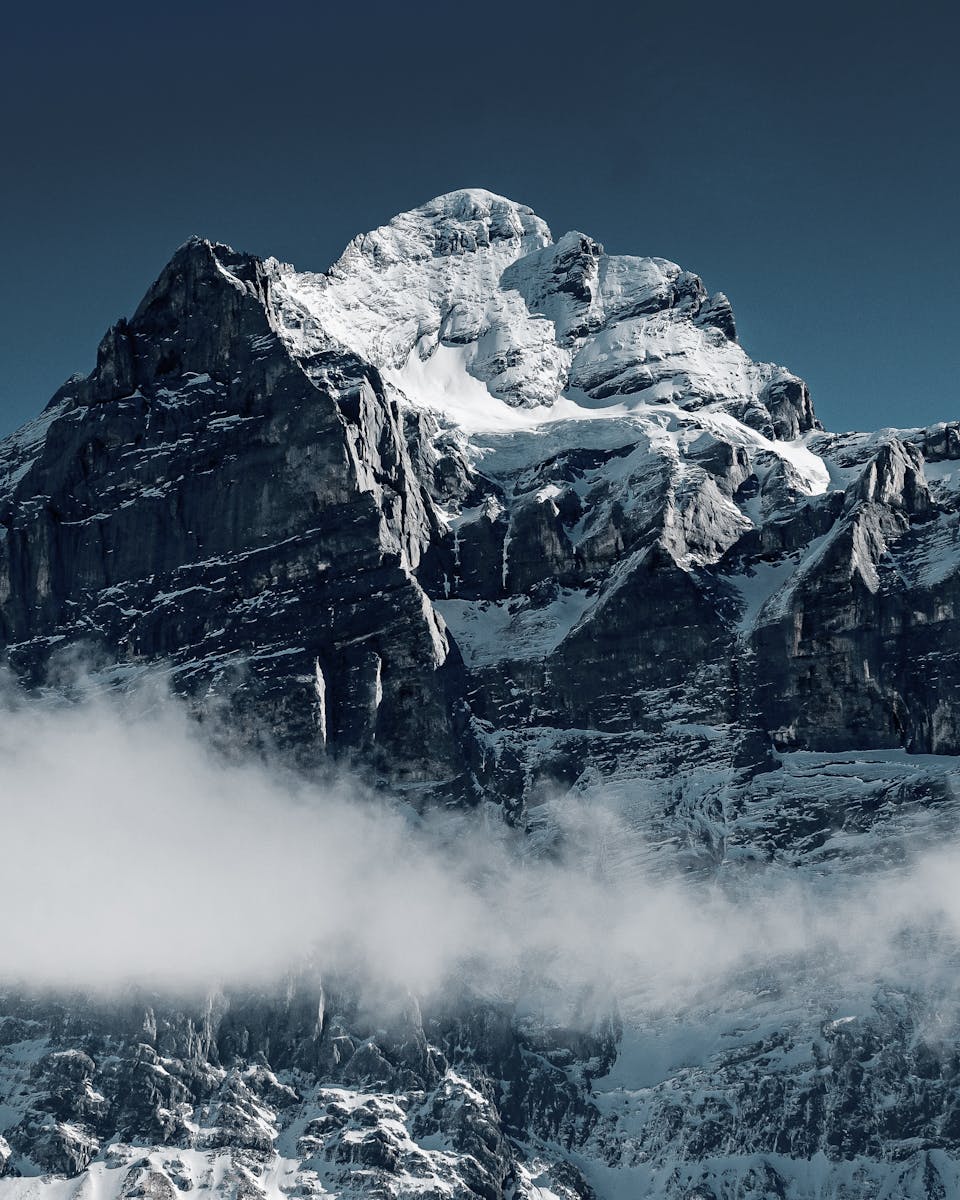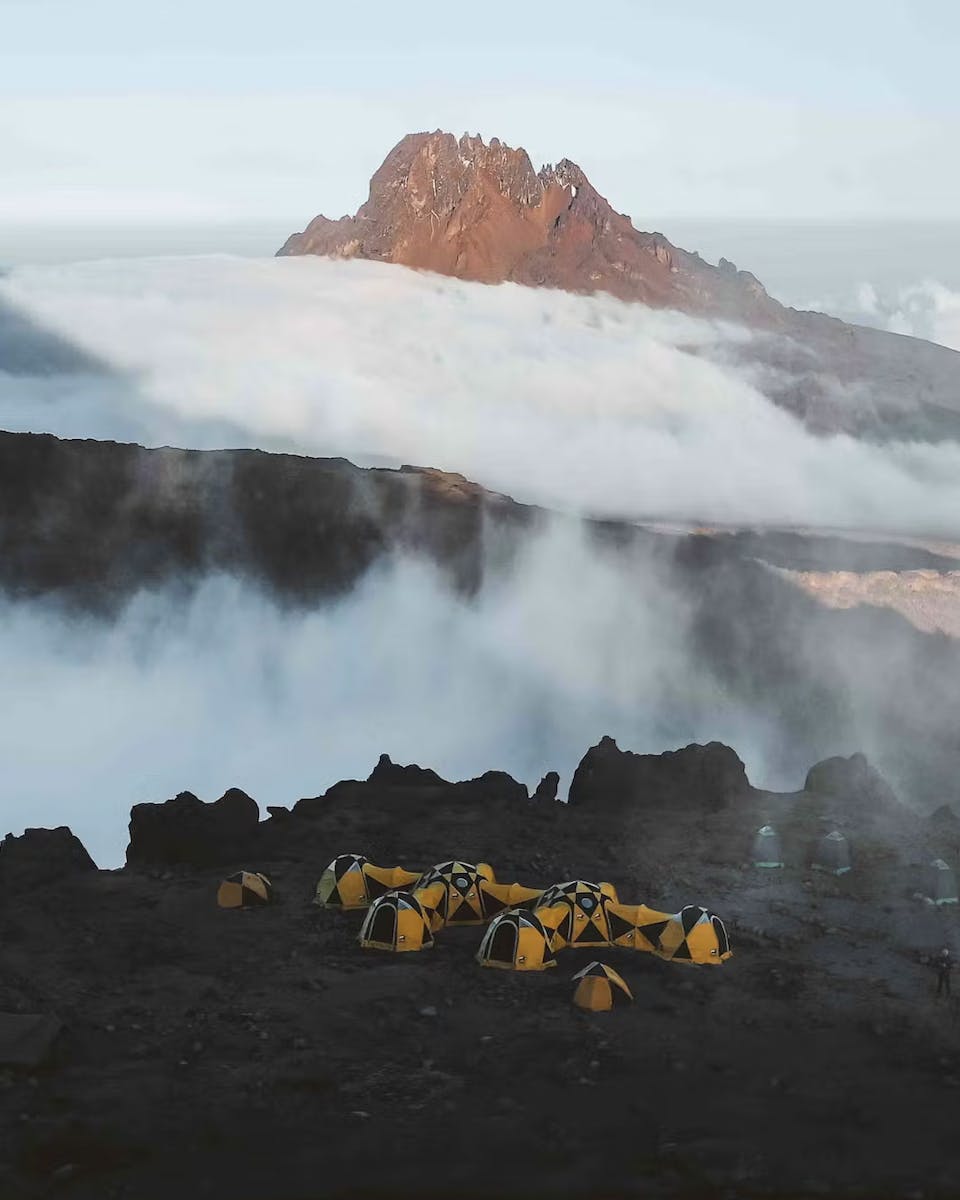Training for Kilimanjaro is a commitment, and maintaining consistency is key. Here's how to keep your focus sharp and your spirits high:
Goal setting and progress tracking
Establish specific, achievable goals for each training phase. Break down the overall challenge into smaller, manageable steps. Document your progress. Seeing your improvements, whether in distance, speed, or strength, provides tangible motivation.
Training partnerships
Consider training with a friend or joining a group. Shared goals create accountability and make the process more enjoyable, and mutual support is invaluable when motivation wanes.
Workout variety
Monotony can stifle enthusiasm, so it's best to introduce variety into your training. Alternate between different types of cardiovascular exercise, strength training, and flexibility routines. This keeps both your body and mind engaged.
Consider customised training
If you're new to climbing or have limited experience, a tailored training plan can make a significant difference. We've developed a bespoke training programme designed for those who are aspiring to climb big mountains in the near future but do not have any experience. The training programme, which takes place in the Himalayas, teaches crucial climbing techniques (such as ice climbing, ladder crossing, rope skills and crampon work), supervised by handpicked Elite Exped guides. While this programme is not mandatory to climb Kilimanjaro with Elite Exped, it will certainly help you get prepared for the Kilimanjaro trek and more technical or higher-altitude mountains in the future.

